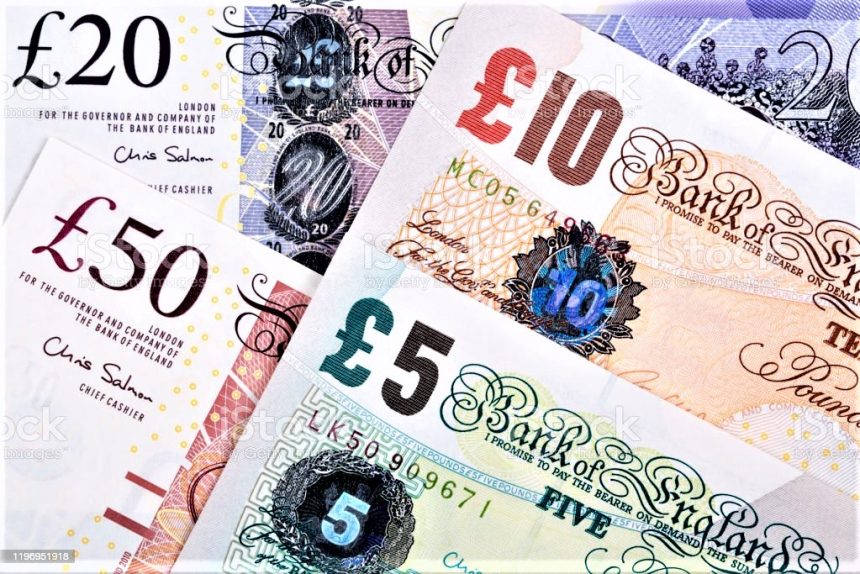Pound Sterling is slightly under pressure due to solid BoE rate drop predictions.
The pound sterling (GBP) declines marginally but broadly consolidates in a narrow range above 1.2600 in Monday’s early New York session. The GBPUSD pair is trading sideways as investors await March’s US Consumer Price Index (CPI) data, which will be released on Wednesday. The inflation data will shed further light on whether the Federal Reserve (Fed) will begin to lower interest rates in June.
The US Dollar is supported by lower expectations that the Fed would decrease interest rates in June.
The US Dollar Index (DXY), which measures The Greenback’s value against six major currencies is somewhat higher, near 104.30.
Following Friday’s good US jobs report, market expectations for the Fed to begin its rate-cutting cycle in June have fallen dramatically. The study showed that labor demand by US firms remained strong despite the Fed’s decision to keep interest rates higher in the 5.25%-5.50% range.
Strong payroll figures cast doubt on progress in lowering inflation to the 2% target. This could help Fed policymakers to continue their stance of maintaining interest rates higher and avoiding any rate reduction.
This week’s US inflation statistics will have a substantial impact on Fed rate decrease forecasts.
In the United Kingdom, investors’ expectations for the Bank of England (BoE) to start decreasing interest rates from the June meeting have recently strengthened, with rising indicators that price pressures are easing. This week’s Pound Sterling will be led by the monthly Gross Domestic Product (GDP) and factory figures for February, which will be released on Friday. S&P Global/CIPS recently reported that the UK Manufacturing PMI has resumed growing after declining for the previous 20 months.
Daily Market movers: Pound Sterling is down, while the US dollar is somewhat positive.
The pound sterling is trading in a tight range around 1.2630 as investors wait for more information on when the Bank of England will begin cutting interest rates this year. Financial markets expect this to happen in June, following recent data indicating that inflation pressures have eased in recent months.
The United Kingdom’s robust wage growth remains a primary driver of inflation. However, a survey.
According to the UK’s Recruitment and Employment Confederation, starting salary for permanent employees increased at the slowest rate in almost three years in March, while spending on temporary workers fell to the lowest level since July 2020. “This adds to signs of a slowdown in Britain’s job market,” Reuters wrote.
The official Average Earnings Excluding Bonuses increased by 6.1%.
The official Average Earnings Excluding Bonuses increased by 6.1% year on year in the three months ending February. Wages are increasing at nearly double the rate required to bring inflation down to the 2% target. As a result, BoE policymakers must witness a considerable slowing in wage growth before they can be confident that inflation will return to 2% levels.
Going future, market sentiment following the US consumer price According to the UK’s Recruitment and Employment Confederation, starting salary for permanent employees increased at the slowest rate in almost three years in March, while spending on temporary workers fell to the lowest level since July 2020. “This adds to signs of a slowdown in Britain’s job market,” Reuters wrote.
The official Average Earnings Excluding Bonuses increased by 6.1% year on year in the three months ending February. Wages are increasing at nearly double the rate required to bring inflation down to the 2% target. As a result, BoE policymakers must witness a considerable slowing in wage growth before they can be confident that inflation will return to 2% levels.
Going future, market sentiment following the US consumer price









